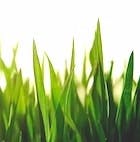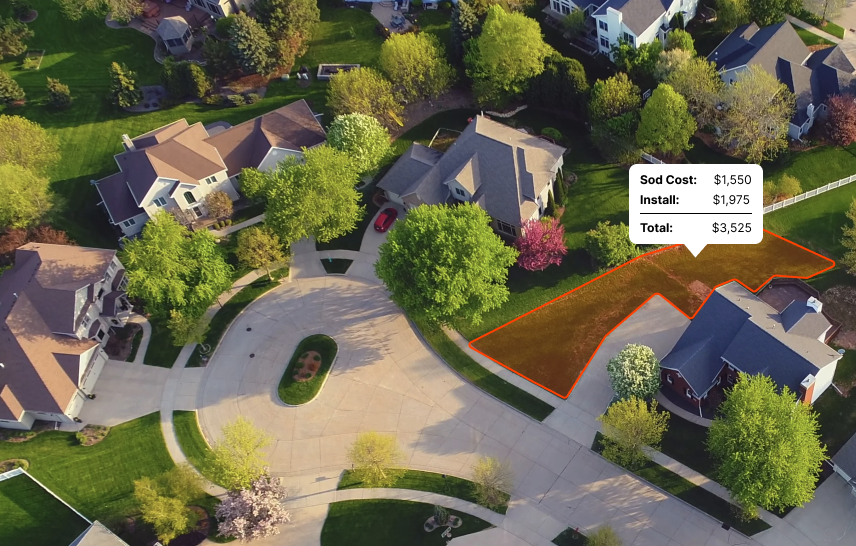It's the place to be for grass varieties that enjoy a long, steamy summer.”
Introduction
South Carolina knows how to do a summer. You can count on it being hot and stickier than a peach cobbler. Winters?
They're on the mild side. This all adds up to a humid subtropical climate that's pretty cozy for warm-season grasses, which don't mind breaking a sweat in the hot summer months. Now, when it comes to the grass zone, South Carolina straddles the transition zone.
That means it can swing either way – warm-season or cool-season grasses. But, truth be told, warm-season grasses usually end up stealing the show, given the local weather. If you're planning to put down roots (grass roots, that is) in South Carolina, aim for late spring or early summer.
It's when the weather's warm but hasn't cranked up to full-blown summer heat. That gives your grass a head start to get its feet under it before the really hot weather hits. But remember, avoid laying grass when it's as hot as blue blazes in summer or during droughts.
What are the best sod types for SC?
In the world of landscaping, not all grasses are created equal. Each thrives in a specific climate zone: cool, warm, or transition.
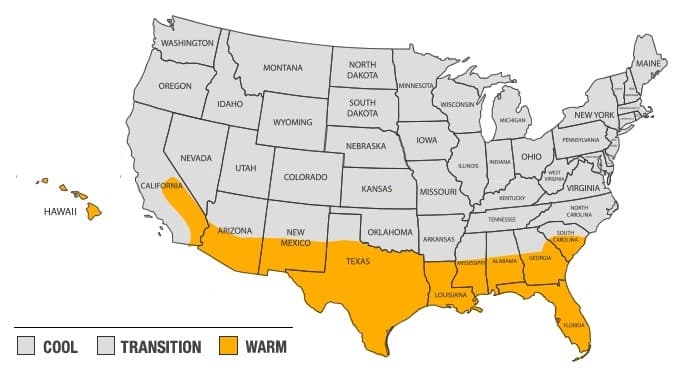
South Carolina, with its warm season climate, prefers a particular set of grasses that relish the higher temperatures. The following sods are the easiest to grow and maintain in South Carolina:
While it's possible to grow grasses meant for other regions with proper care, attention and timing, these are the most common grasses in South Carolina for residential lawns.
Level Up Your Lawn Skills
Once per week we'll send you an interview from someone who has mastered the art of lawn care.
Recommended species for shade
If you've got a shady garden in South Carolina, don't sweat it. We've got you covered. The first turf that comes to mind is Zoysia. Why do we love it? Most other grasses fade in shadows, but Zoysia thrives. It flat-out refuses to die, even in areas that receive as little as three hours of sun daily. Handy when you've got those towering pines casting long shade.
Next on our shade-proof list is Centipede grass. True to its name, this grass won't stop crawling. It's slow to grow, but highly tenacious, demanding four to six hours of sun. While it demands patience, Centipede grass rewards with its fine texture and light green hue. Without a doubt, it makes those shaded areas pop.
Let's talk St. Augustine. Fancy beaches and cocktails may spring to mind, but it's also a grass powerhouse in shady conditions. It loves heat, though it hates frost. Providing it gets four hours of sunlight, it'll put on a lush, thick, dark green display that will make neighbors green with envy.
South Carolina can get brutal summer heat, so shade isn't always a grass’s worst enemy. Fescue Grass enters the stage here. It's tolerant of both shade and heat, asking for a minimum of four hours of sunlight. You get a grass that's soft to the touch, with the bonus of high drought tolerance. Bingo!
Don't let shaded spots leave you frustrated. With these power players—Zoysia, Centipede, St. Augustine, and Fescue—you've got options. Here's to a lush lawn, no matter how tall your trees are!
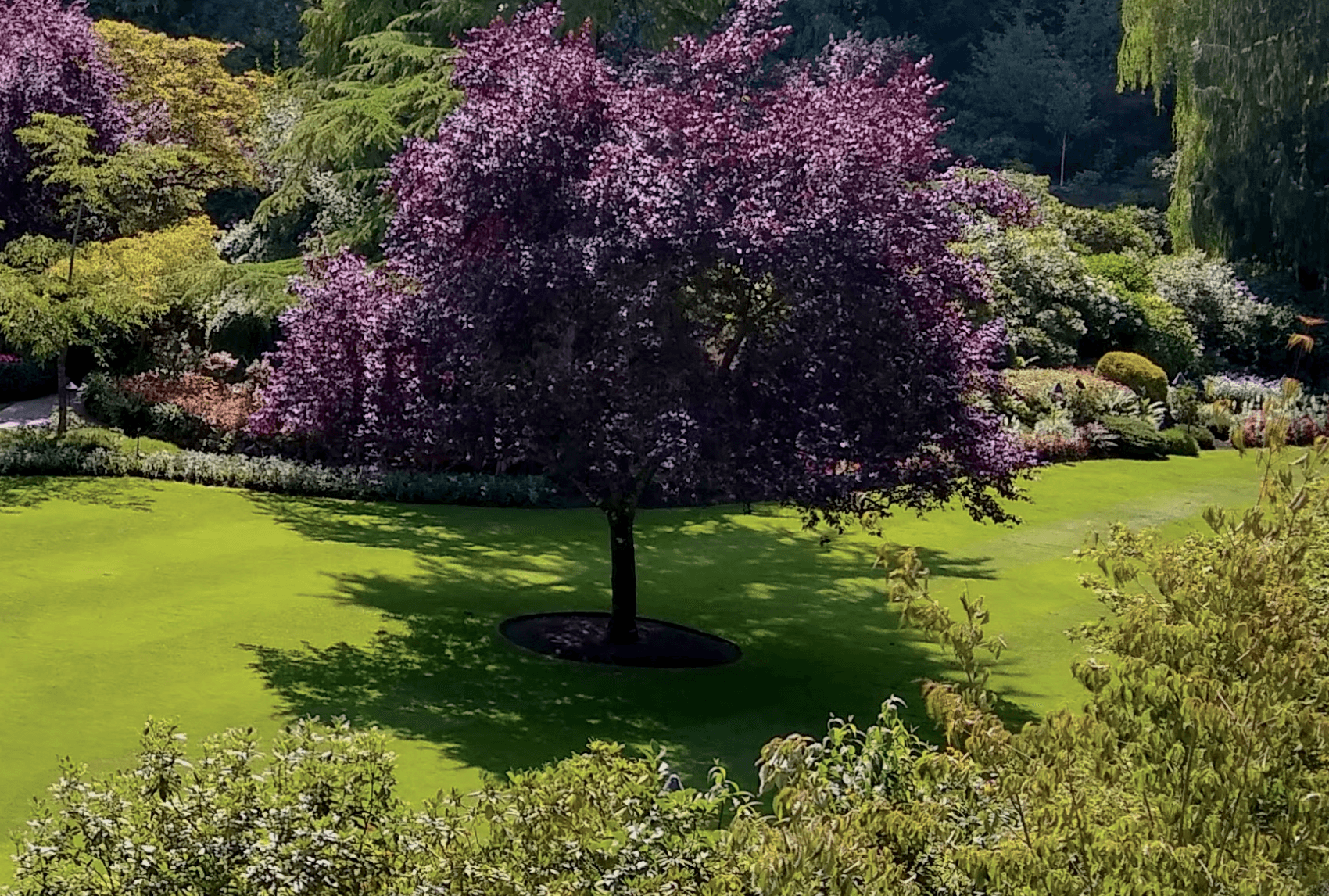
Recommended for full sun or partial sun
Choosing the right sod for your lawn depends heavily on the sunlight exposure in your yard. Different grass types have varying light requirements for optimal growth and appearance. Assessing whether your lawn receives full or partial sun is essential in selecting sod that will flourish and stay healthy in your specific environment.
Below are some sod options recommended for either full sun or partial sun conditions in SC:
| Grass Type | Sun | Good to Know |
|---|---|---|
| Bermuda | Full | Bermuda grass thrives in full sun and is known for its drought tolerance and ability to withstand high temperatures. |
| Zoysia | Full | Zoysia grass prefers full sun but can tolerate some shade. It is known for its dense turf and resistance to pests and diseases. |
| St. Augustine | Partial | St. Augustine grass performs well in partial sun and is valued for its ability to establish quickly and provide a thick, green lawn. |
| Bahia | Full | Bahia grass is ideal for full sun and is known for its drought resistance, low maintenance needs, and ability to thrive in sandy soils. |
What varieties stay green year-round?
As with anything agriculture related, there is some nuance to this question. There are many grasses that can stay green year round in but it depends heavily on your location within South Carolina as well as any microclimates that may exist.
The following grasses have the ability to stay green year round in South Carolina:
| Grass Type | Caveats |
|---|---|
| Bermuda | It typically goes dormant and turns brown after a few hard frosts in the fall and stays that way until temperatures consistently hit the 60s in the spring. |
| Zoysia | It can stay green nearly year-round in milder climates without severe winter freezes or overly high summer temperatures. |
| St. Augustine | It can stay green almost year round, but will go dormant and turn brown during cool-season months in colder regions. |
| Bahia | It tends to stay green throughout warm weather but may go dormant and brown in cooler weather or during periods of drought. |
What is the best time to lay sod in South Carolina?
In a warm-season location, lay sod in late spring or early summer. This timing is ideal as the warmer temperatures and longer days will promote quick root establishment and growth. Avoid laying sod in the cooler months as the grass will likely enter dormancy, slowing down the root establishment process. So, for success, stick to late spring or early summer when it's 75 to 90 degrees out.
As you can see in the image below, you'll notice the most shoot growth (the grass above ground) and root growth during the summer for warm season grasses:
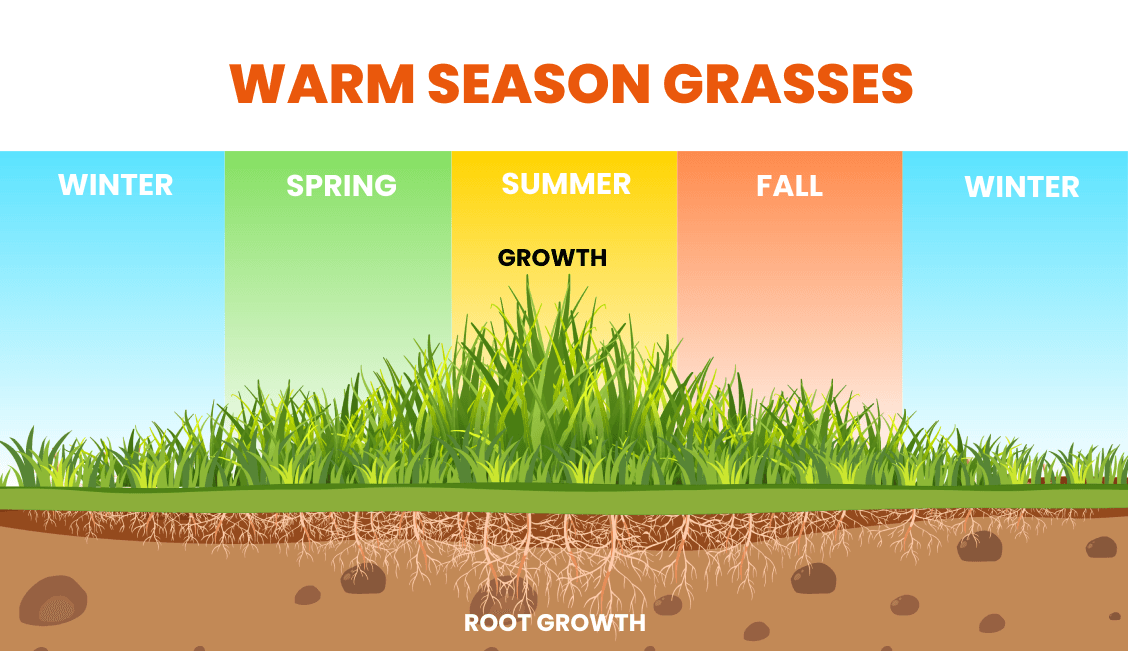
Find reputable companies for installing sod in SC
Here are the top problems you'll face when trying to get sod installed by a landscaping company:
- They're not transparent about pricing. You'll often get a quote that's way higher than you'd expect.
- They're hard to get ahold of on the phone or you'll reach out online but won't hear back.
- It's hard to pin them down for a specific date. Because you can only bring sod from the farm when there's decent weather, this causes some delays at times. It also has a short shelf life, so it's important to get it installed within a day or two of delivery.
We've done all the work for you. Click below to get a quote from one of the top installers in South Carolina.
